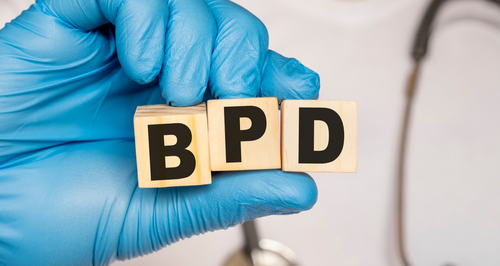
Psychology Today characterizes fear of abandonment as “a lingering feeling of insecurity, contributing to intrusive thoughts, emptiness, unstable sense of self, clinginess, neediness, extreme mood fluctuations, and frequent relationship conflicts.” It is a complex phenomenon that can stem from a variety of sources, including interruptions in the normal development of certain cognitive and emotional capacities, challenges with past relationships, and other problematic social and life experiences. It is important to note that fear of abandonment is a natural part of the human psyche and is hardwired into our survival mechanism. Humans are born into the world and as infants, are fully dependent upon others to survive and thrive. Hence, the idea of being abandoned and left entirely and forever alone should elicit feelings of terror.
Psychologists and neuroscientists explain and understand the fear of abandonment through the lens of attachment theories. People with anxious-preoccupied attachment, for example, tend to feel fear of abandonment and rejection more consciously. This leads them to develop persistent emotional and behavioral patterns around these fears more so than people with other attachment styles. Fear of abandonment may cause a person to experience deep feelings of sadness and hollowness when a person to whom they are attached is not physically by their side. It may cause an unexplainable fear that a loved one will be hurt, killed, or disappear suddenly. Although, fear of abandonment itself is not a pathology, it is a core feature of certain mental health disorders.
Borderline Personality Disorder
The Diagnostic and Statistical Manual of Mental Disorders, Fifth Edition (DSM-5) list ten standalone personality disorders and based on similar characteristics, each personality disorder is grouped into one of three categories (cluster A, cluster B, and cluster C). Borderline personality disorder (BPD) belongs to cluster B, which are characterized by dramatic, overly emotional or unpredictable thinking or behavior. BPD is specifically characterized by “hypersensitivity to rejection and resulting instability of interpersonal relationships, self-image, affect, and behavior.” A hallmark of BPD is a pattern of instability in personal relationships. As is explained by Harvard Medical School, “People with borderline personality disorder have a deep fear of abandonment… they compete for social acceptance, are terrified of rejection and often feel lonely even in the context of an intimate relationship.” Even with the strong desire to have loving, and lasting relationships, the symptoms of BPD such as inappropriate anger, impulsiveness, and frequent mood swings often push others away, which reinforces the fear of abandonment.
Treatment In Calabasas
Calabasas is a city in California. It is a well-known suburb of Los Angeles, located west of the San Fernando Valley and north of the Santa Monica Mountains. Over the past decade, the city of Calabasas has grown in its reputation for luxury as well as for privacy which makes it a hidden gem for residential living for society’s elite, and one of the most desirable destinations in Los Angeles County. It is also home to a plethora of highly qualified mental health clinicians providing an array of therapeutic services and treatment options.
The information above is provided for the use of informational purposes only. The above content is not to be substituted for professional advice, diagnosis, or treatment, as in no way is it intended as an attempt to practice medicine, give specific medical advice, including, without limitation, advice concerning the topic of mental health. As such, please do not use any material provided above to disregard professional advice or delay seeking treatment.

